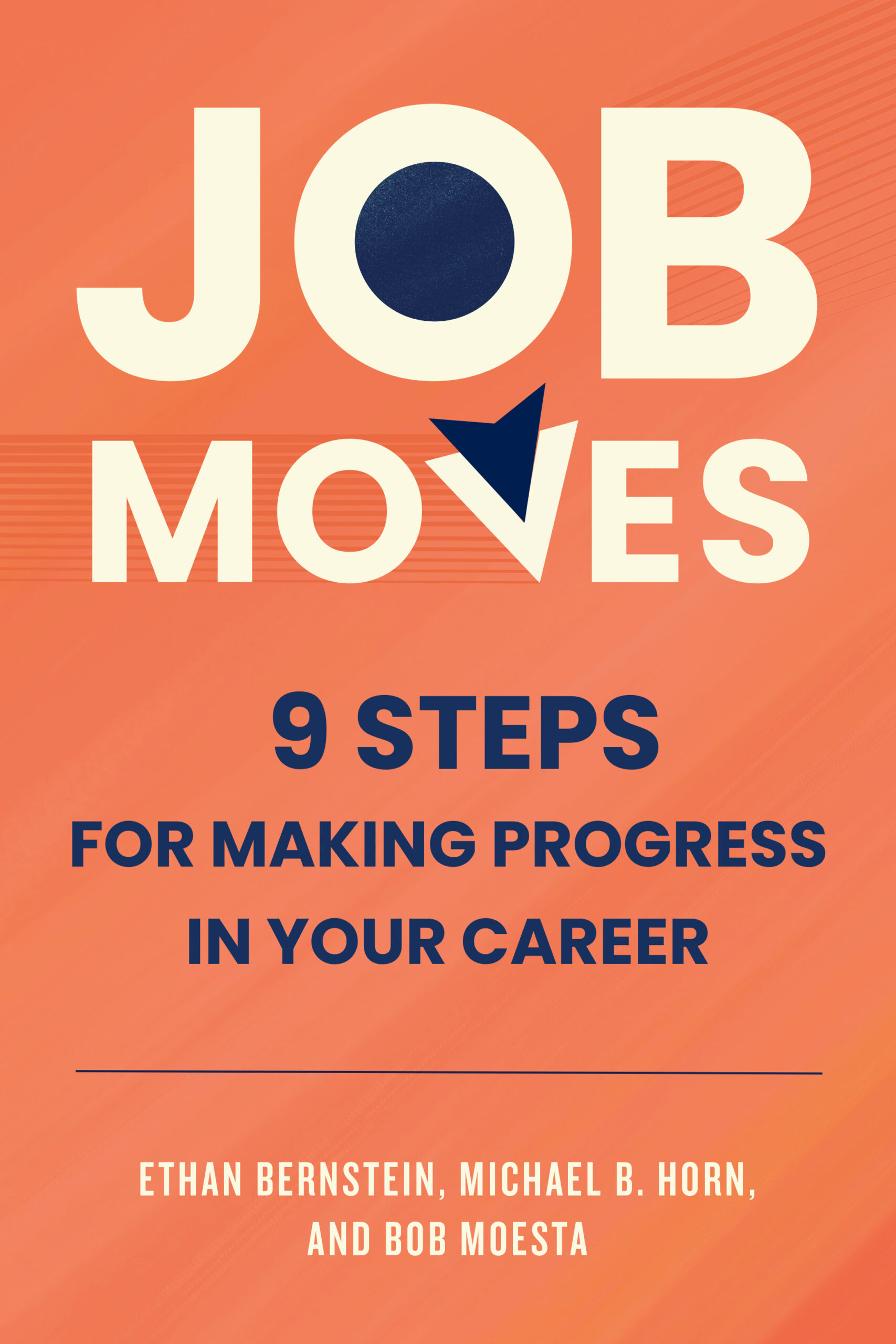Designing to Personalize Learning Successfully
By Michael B. Horn
Blended learning — the use of online learning in brick-and-mortar schools where students have some element of control over the time, place, path and pace of their learning — is growing fast. Educators are using it to personalize learning opportunities for students to unleash their full potential given all students have different learning needs at different times.
Increasingly, educators do not need to accept less of one thing in a school in order to have more of another. They can achieve more, as blended learning breaks through the barriers of the use of time, place, path and pace to allow each student to work on the right learning at the right time for his or her particular needs — whether that be in a group or alone, on practice problems or projects, or online or offline. It provides three new benefits — personalization, access and equity, and cost control.
The question is how educators can capture these benefits. Blended learning is not inherently good or bad. It is a pathway to student-centered learning at scale to allow each child to achieve her fullest potential, but it is not a guaranteed success.
In our new book, The Blended Workbook: Learning to Design the Schools of Our Future, Heather Staker and I tackle this topic head on by giving educators a practical set of exercises to help them design the right blended learning environment for the opportunity they are trying to seize and the learners they are serving. Just as there is no one-size-fits-all way to educate a student, there is no one-size-fits-all educational model right for every educator and every circumstance. Taking a design approach is critical.

0 comments